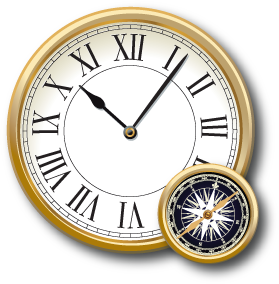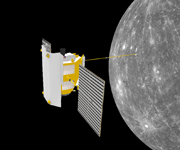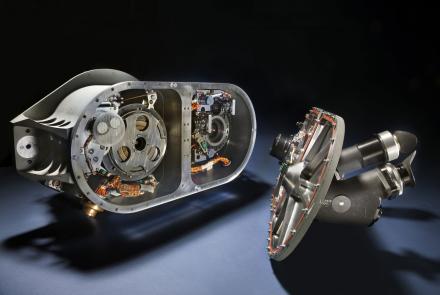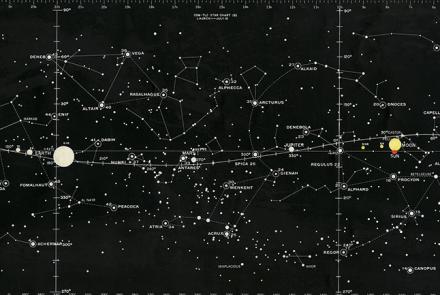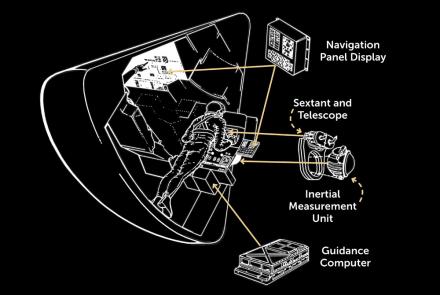Human Steps
Innovations
To determine position in space, an Apollo astronaut located a specific star using a single-power, wide-field telescope and then took a fix using a sextant. While this instrument does not look like a traditional sextant, the basic procedure is descended from centuries-old methods used by navigators at sea and in the air.
Star charts for sea and space look similar, but only this chart includes the planet Earth.
Apollo 11 astronauts used this star chart while training for their 1969 lunar landing mission. It shows the locations, names, and code numbers for a select group of stars. The astronauts would key those numbers into their Apollo Guidance Computer while taking readings with a sextant.
Celestial navigation involved taking readings with a sextant that were automatically fed into the Apollo Guidance Computer—the electronic equivalent of the almanacs and mathematical tables sailors once used.


